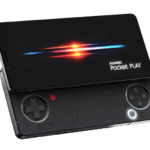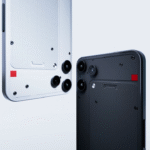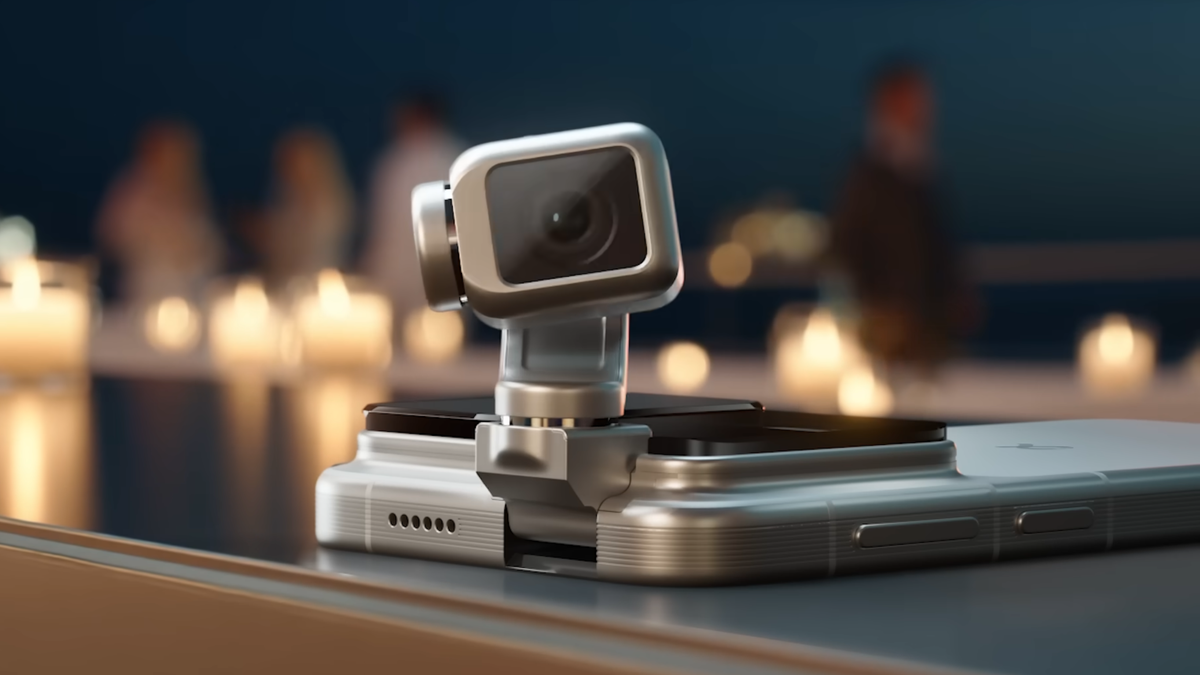All the latest rumors indicate that Apple is making an iPhone that will go back to the 4-inch display form factor. We are not yet sure as to what it would actually be called, but the popular opinion on the matter favors the name iPhone 5se at this moment. Arguably, it can also be named iPhone 5e, iPhone 6c or iPhone 7c.
The “leaked” picture shows us two iPhones sharing the frame while lying on top of a wooden surface with the iPhone 5 on the left and the iPhone 5se on the right. At first look, we think that the iPhone 5se will not differ much from the iPhone 5 in dimensions. From what can be seen in the image, the phone on the right will probably have a fingerprint sensor built in its Home button. Other visible features include power and volume buttons on the side and a front camera that has been placed on the left side of the earpiece.
Although the image does not give us any indications as to the hardware that will be sported by the rumored Apple iPhone 5se, many believe that it might have the A8 chipset inside. An 8 megapixel camera on the back and a 1.2 megapixel FaceTime camera will probably also make the cut. Connection options should include LTE, Wi-Fi 802.11ac and Bluetooth v4.2 among others. If all things are to be believed, then Apple is going to launch the device by March this year.














